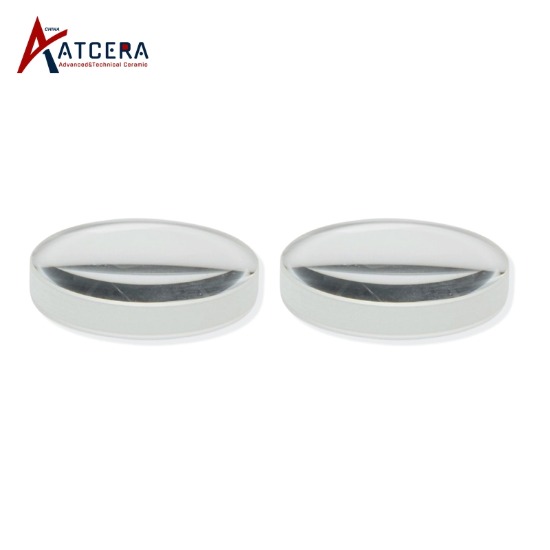Nel campo della moderna scienza dei materiali, la ceramica trasparente e i materiali monocristallini mostrano un ampio potenziale di applicazione in molti campi come l'ottica, l'elettronica e le cure mediche grazie alle loro proprietà fisiche e chimiche uniche. Tuttavia, dal punto di vista della preparazione del materiale, ci sono differenze significative tra i due in termini di complessità del processo, ciclo produttivo e costi. Analizzando il processo di preparazione delle ceramiche trasparenti e dei materiali monocristallini, questo documento mira a esplorare i vantaggi significativi delle ceramiche trasparenti in termini di costi di preparazione e fornire riferimenti per la selezione e l'applicazione dei materiali.

Processo e ciclo di preparazione
Ceramica trasparente: utilizzando un processo di sinterizzazione relativamente semplice, l'intero ciclo di preparazione richiede solo pochi giorni, molto adatto per la produzione industriale su larga scala. Questo efficiente processo di produzione non solo riduce i tempi di commercializzazione, ma migliora anche l'efficienza della produzione.
Materiali monocristallini
Il processo di crescita è tecnicamente complesso e comporta un controllo preciso della temperatura, una crescita orientata ai cristalli e altri collegamenti, risultando in un ciclo di crescita di decine di giorni. Questo modello di produzione a ciclo lungo aumenta i costi in termini di tempo e limita la capacità di rispondere rapidamente ai cambiamenti del mercato.
Costo di attrezzature e materiali
Ceramica trasparente: la sinterizzazione non necessita dell'utilizzo di materiali metallici preziosi come platino o iridio e non deve essere eseguita in un'atmosfera protettiva ad elevata purezza, riducendo l'investimento in attrezzature e i costi di manutenzione. Inoltre, i normali forni di sinterizzazione possono soddisfare la domanda, riducendo ulteriormente l'investimento iniziale.
Materiali monocristallini
A causa dell'ambiente ad alta temperatura e pressione richiesto durante il processo di crescita, come contenitore viene spesso utilizzato un costoso crogiolo di platino o iridio, il che non solo aumenta il costo del materiale, ma aumenta anche il costo di produzione complessivo.
Confronto dei costi di preparazione totali
Considerando l’efficienza del processo, i requisiti delle apparecchiature e l’uso del materiale, le ceramiche trasparenti mostrano evidenti vantaggi in termini di costi di preparazione rispetto ai materiali monocristallini. Questo vantaggio in termini di costi non si riflette solo nei costi di produzione diretti, ma promuove anche indirettamente la competitività dei prezzi dei prodotti, il che favorisce l'espansione del mercato.
In sintesi, la ceramica trasparente si distingue dalla concorrenza dei materiali monocristallini per il suo processo di preparazione semplice ed efficiente, il breve ciclo di produzione e il basso costo di attrezzature e materiali, mostrando vantaggi significativi nei costi di preparazione. Questo vantaggio non solo promuove l’ampia applicazione della ceramica trasparente in molti campi, ma fornisce anche un’opzione economicamente valida per l’ulteriore sviluppo della scienza dei materiali. In futuro, con il continuo progresso della tecnologia di preparazione, si prevede che le ceramiche trasparenti sostituiranno i materiali monocristallini in più campi e diventeranno il nuovo tesoro del campo della scienza dei materiali. Pertanto, la ricerca e lo sviluppo approfonditi della tecnologia di preparazione della ceramica trasparente sono di grande importanza per promuovere il progresso scientifico e tecnologico e raggiungere uno sviluppo sostenibile.

























